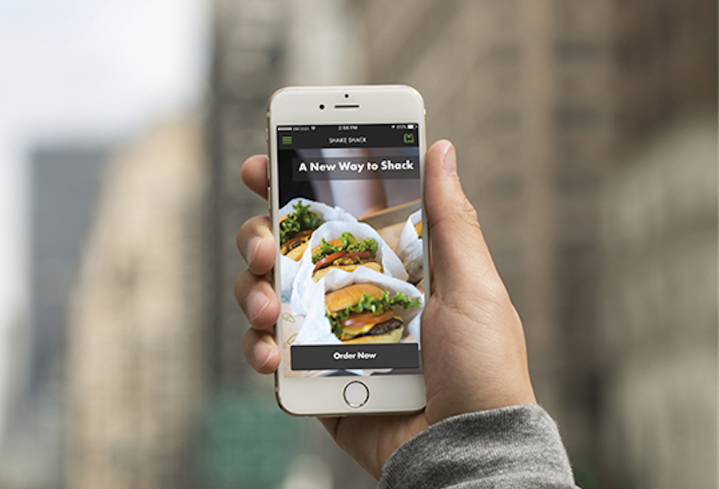
On Monday, Shake Shack answered the prayers of burger devotees everywhere by rolling out its mobile order-and-pay-ahead feature across the U.S. It’s an expansion of the program that it first began testing back in October, but at the time, it was localized to just a single Shake Shack in Manhattan. But now, no matter where your favorite Shake Shack may be located, you will be able to blow past those seemingly endless lines by paying in advance and just heading up to the counter to retrieve your order.
Tthe Shake Shack empire can be found across New York City, New Jersey, Washington D.C., Las Vegas, Chicago, Miami, Los Angeles, and Minneapolis. Now, at each of these restaurants, you will be able to use the Shake Shack app to order and pay for your food with either a credit or debit card. Once your order is ready, you will receive a text and you can just roll up to your designated pickup point and ready yourself for a feast.
And don’t worry — just because you won’t be interacting with a human being when you place your order doesn’t mean you won’t be able to add some human customization. Need to alert a cook of an allergy? No problem. Want to add some extras to your burger? Great. One thing to note, however — you can’t order Concretes (ice cream) via the app, but just about everything else is available on mobile.
“The Shack App marks a new era for Shake Shack. In creating our first-ever app, we took great care to develop a mobile ordering platform that maintains the high quality our guests have come to know and love, but now just a tap away,” CEO Randy Garutti said in October. So if you’ve been craving some of those crinkle cut fries, no need to wait in line — just pull out your phone and let the Shake Shack app take care of the rest.
Editors' Recommendations
- Have an Android phone? You can get unlimited 5G service for free
- No, you can’t use an Apple gift card on Apple Pay
- I review phones for a living — here are the 10 apps I can’t live without
- This Android phone charges from 0 to 100% in under 10 minutes — and you can’t have it
- Updated Steam mobile app lets you download games from your phone


